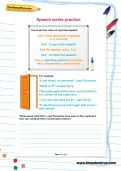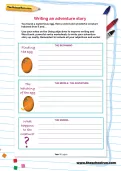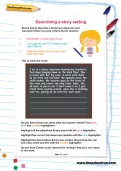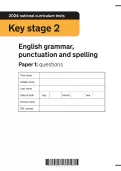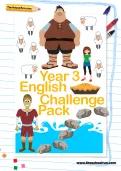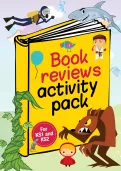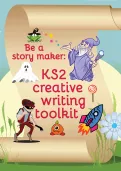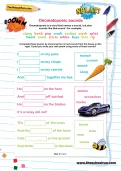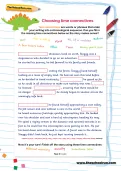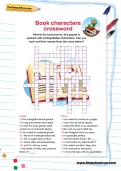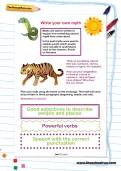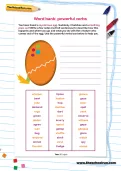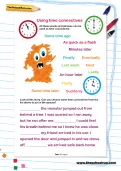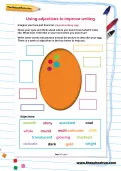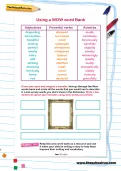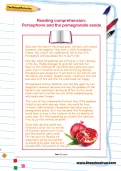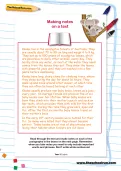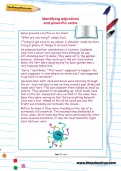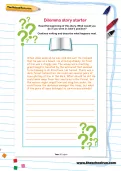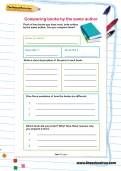Important update from TheSchoolRun
For the past 13 years, TheSchoolRun has been run by a small team of mums working from home, dedicated to providing quality educational resources to primary school parents. Unfortunately, rising supplier costs and falling revenue have made it impossible for us to continue operating, and we’ve had to make the difficult decision to close. The good news: We’ve arranged for another educational provider to take over many of our resources. These will be hosted on a new portal, where the content will be updated and expanded to support your child’s learning.
What this means for subscribers:
- Your subscription is still active, and for now, you can keep using the website as normal — just log in with your usual details to access all our articles and resources*.
- In a few months, all resources will move to the new portal. You’ll continue to have access there until your subscription ends. We’ll send you full details nearer the time.
- As a thank you for your support, we’ll also be sending you 16 primary school eBooks (worth £108.84) to download and keep.
A few changes to be aware of:
- The Learning Journey weekly email has ended, but your child’s plan will still be updated on your dashboard each Monday. Just log in to see the recommended worksheets.
- The 11+ weekly emails have now ended. We sent you all the remaining emails in the series at the end of March — please check your inbox (and spam folder) if you haven’t seen them. You can also follow the full programme here: 11+ Learning Journey.
If you have any questions, please contact us at [email protected]. Thank you for being part of our journey it’s been a privilege to support your family’s learning.
*If you need to reset your password, it will still work as usual. Please check your spam folder if the reset email doesn’t appear in your inbox.
Year 3 Creative writing and fiction worksheets
Free worksheets: Creative writing and fiction, KS2, Y3
You’ll need to login or Register first to access these worksheets for free.
Speech marks practice
Can you continue this conversation between Harry and Thenusha using the correct rules for reported speech? Remember to start each character’s speech on a new line. Use “ to open the speech. End the speech with !, ? or , and use ” to close the speech. Use a reporting clause (a verb like said, whispered or announced).
Writing an adventure story
Describing a story setting
right places; describe what you can see, hear, smell and feel. Has Emma done what her teacher asked?
Key Stage 2 - 2024 English SATs Papers
Year 3 English Challenge Pack
Book reviews activity pack
KS2 creative writing toolkit
Onomatopoeic sounds
Choosing time connectives
Book characters crossword
Speech marks practice
Can you continue this conversation between Harry and Thenusha using the correct rules for reported speech? Remember to start each character’s speech on a new line. Use “ to open the speech. End the speech with !, ? or , and use ” to close the speech. Use a reporting clause (a verb like said, whispered or announced).
Writing an adventure story
Write your own myth
Word bank: powerful verbs
You have found a mysterious egg. Suddenly it hatches and something pops out! Write a few notes (not full sentences) to describe how this happens and where you go and what you do with the creature who comes out of the egg. Use the powerful verbs box below to help you.
Using time connectives
Using adjectives to improve writing
Using a WOW word Bank
Reading comprehension: Persephone and the pomegranate seeds
Making notes on a text
Identifying adjectives and powerful verbs
Read this adventure story. Can you identify the adjectives and powerful verbs that the author has used to make this piece of writing interesting to the reader?
Dilemma story starter
Describing a story setting
right places; describe what you can see, hear, smell and feel. Has Emma done what her teacher asked?
